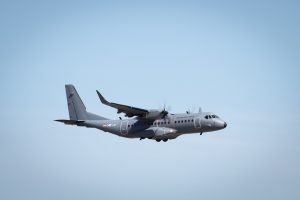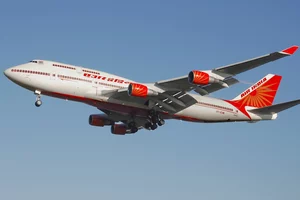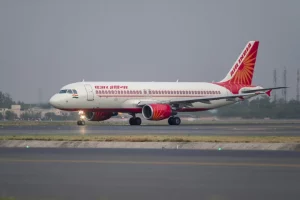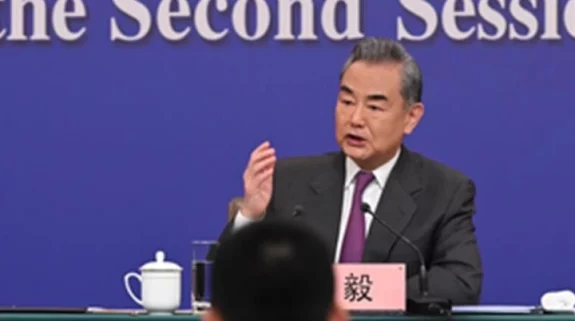The probable cause of the Air India Boeing 737 plane crash at Kozhikode airport in August last year, in which 21 people died, was due to the pilot landing the aircraft beyond the touchdown zone on the runway in spite of being told not to land on the unstabilised approach and “go around” instead, according to the official investigation report released on Saturday.
"'The probable cause of the accident was the non-adherence to standard operating procedures by the pilot flying, wherein, he continued an unstabilized approach and landed beyond the touchdown zone, half way down the runway, in spite of 'Go Around' call by the Pilot Monitoring which warranted a mandatory 'Go Around' and the failure of the Pilot Monitoring to take over controls and execute a 'Go Around'," the report by the country’s Aircraft Accident Investigation Bureau states.
A 'Go Around' is when pilots abort a landing before or after touching down if they feel that they may not be able to bring the aircraft to a safe stop. In a 'Go Around', the aircraft informs the air traffic control of their decision to abort their planned landing before making another approach to land at the same or at an alternative airport to which the plane then flies.
The Aircraft Accident Investigation Bureau also said in its report that the role of systemic failures as a contributory factor to the crash cannot be overlooked.
Pointing at "faulty" HR policy of Air India Express Limited (AIXL), the report said, ''The actions and decisions of the pilot in command were steered by a misplaced motivation to land back at Kozhikode to operate the next day morning flight AXB 1373. The unavailability of sufficient number of Captains at Kozhikode was the result of faulty AIXL HR policy which does not take into account operational requirement while assigning permanent base to its Captains. There was only 01 Captain against 26 First Officers on the posted strength at Kozhikode."
A total of 184 passengers and six crew members were on board Flight 1344 that took off from Dubai and crashed upon landing in Kozhikode on August 7 last year. Among those killed were 19 passengers and the two pilots.
After two unsuccessful landing attempts due to bad weather, the plane touched down on the tabletop runway but overshot it and crashed into the adjoining valley, breaking into three pieces.
The report stated that the flying officer had "correctly identified that the approach for runway 10 was an 'unstabilized approach'". After making two unassertive attempts to attract the Pilot in Command's attention towards the unstabilized approach, using non-standard vocabulary, he asked the Pilot in Command to 'Go Around' just before touchdown. In spite of knowing full well that the approach was unstabilized and the Pilot in Command was not responding, the First Officer did not take over the controls as per the company Standard Operating Procedures and initiate a 'Go Around','' the report stated.
"Before the approach for runway 10 as well, the Pilot in Command did not carry out adequate briefing for landing with tailwinds, in rain and poor visibility. The mandatory calculation of landing distances was omitted. Alternative airfields most suited for 'diversions' in case of second missed approach under the prevailing weather conditions and unserviceable windshield wiper were not covered during the briefing,'' the report said.
The report further said, ''The crew were experienced and had often operated in Indian monsoon conditions. They were aware of the adverse weather Standard Operating Procedures of Kozhikode. The Pilot in Command took a decision not to divert after the 'missed approach' on runway 28 even though there were alternative airfields available in close proximity and there was enough fuel on board."
"Subsequently, without any risk assessment, the Pilot in Command continued for a second approach into Kozhikode. The First Officer did not give any input regarding this gross SOP violation to the Pilot in Command, indicating a steep cockpit authority gradient resulting in poor Crew Resource Management,'' it added.
On systemic failures as a contributory factor, the report said, "A large number of similar accidents/ incidents that have continued to take place, more so in AIXL, reinforce existing systemic failures within the aviation sector.
"These usually occur due to prevailing safety culture that give rise to errors, mistakes and violation of routine tasks performed by people operating within the system. Hence, the contributory factors enumerated in the report include both the immediate causes and the deeper or systemic causes," it added.
Also Read: Air India connects Hyderabad to London with direct flight


















